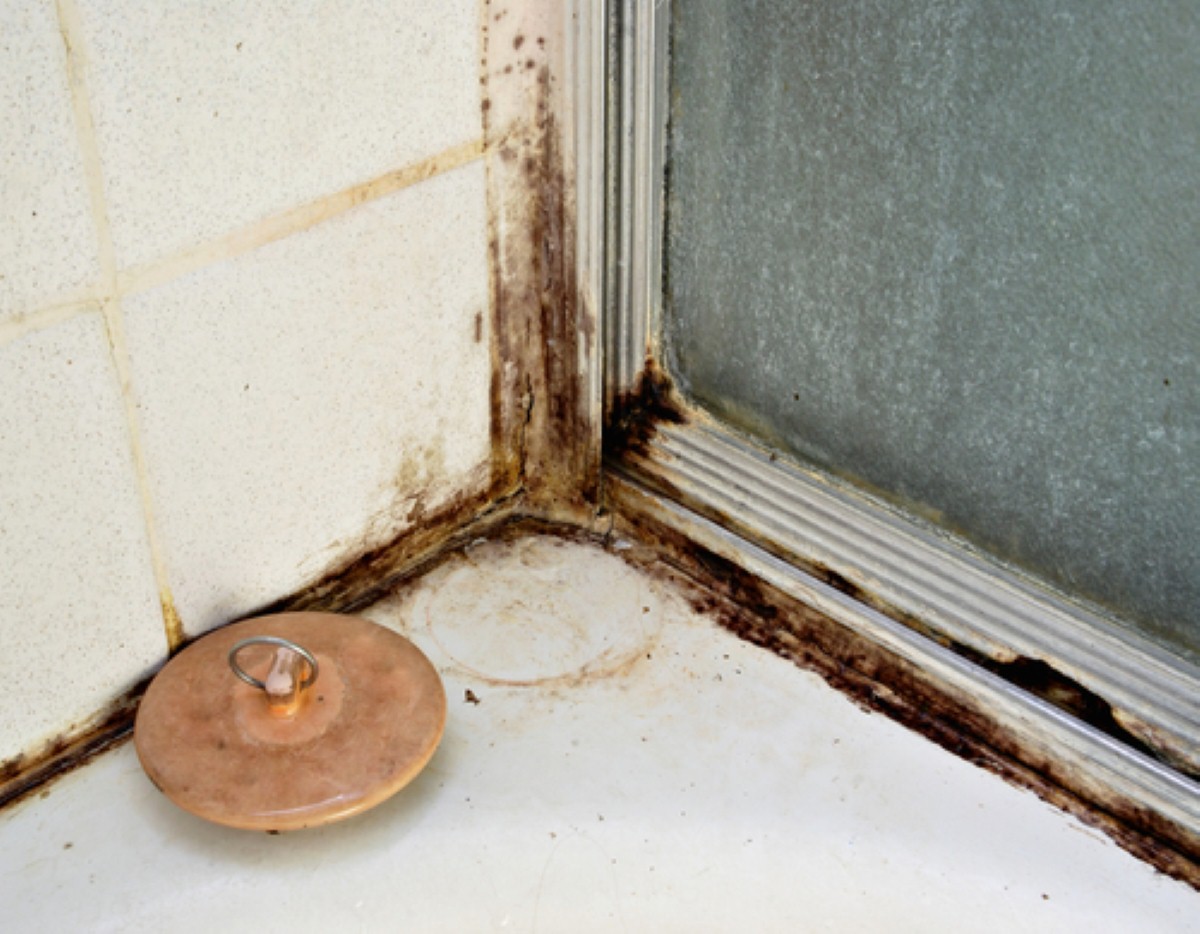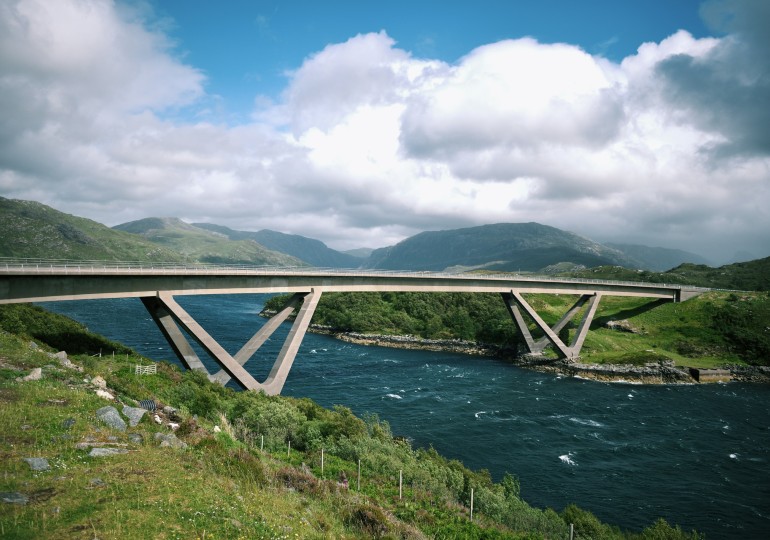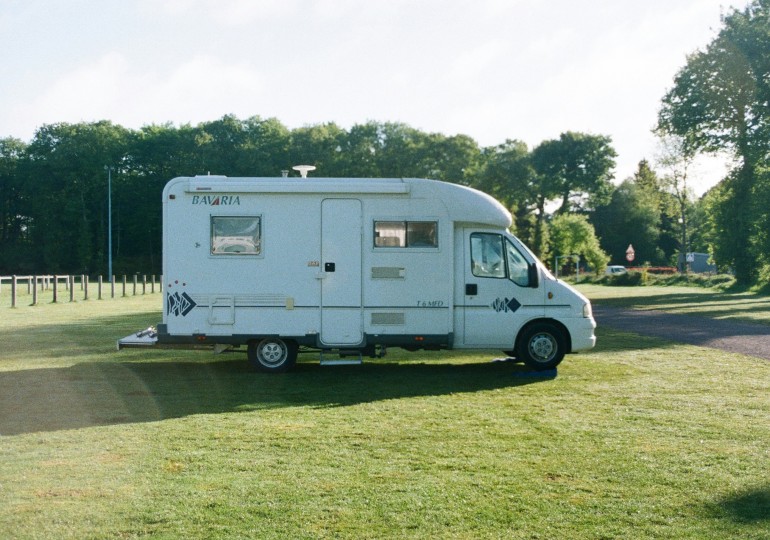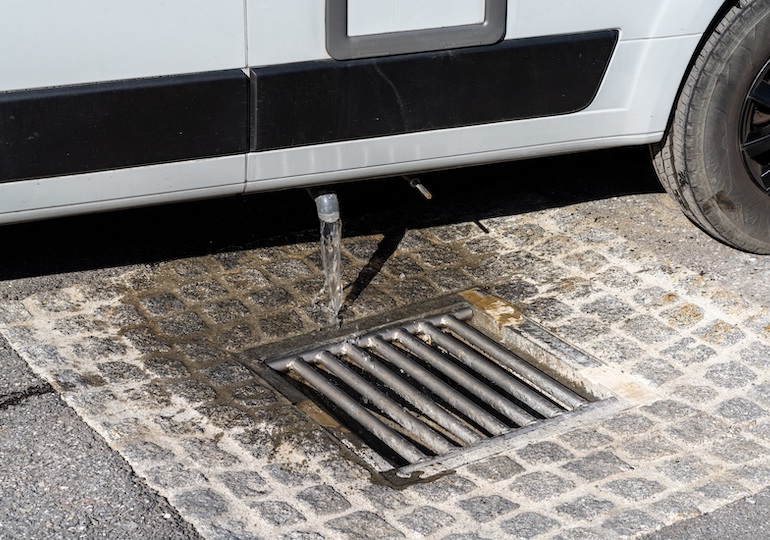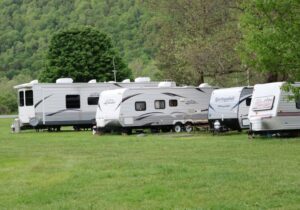by Ed Davies
Damp is the presence of unwanted moisture in the structure of a building, which is either the result of intrusion from outside or condensation from within
A simple enough definition yet damp could easily be the death knell for a caravan or cost its owner a great deal to remedy.
Worth mentioning at this point is the difference between mould and water ingress, with the former an annoyance on your caravan’s interior surfaces and the latter a serious structural problem, which is much harder to solve.
This article focuses primarily on water ingress, which can seriously affect the structure of the vehicle.
What Is Water Ingress?
Caravans in this country are very often stored outside for long periods of time unused, left to the mercy of the glorious British weather.
That coupled with the fact that being towed causes vibrations, which open up gaps in the frame and body panels allowing water to enter, it is no shock many caravans over the years have been scourged with structural damp (water ingress).
If water gets into the timber that is more or less that for your wood and it must be removed.
A Brief History
For years, damp was one of the biggest reasons for scrapping your caravan, however, over the last ten years the situation has been changing.
Before the turn of the century most caravans were constructed with a wooden frame and side panels, screwed together and painted.
The UK industry, as a whole, became aware of how damp affected caravans and most of the manufacturers have changed the way they have designed their vehicles.
Therefore, in short, if you do not want a caravan with damp, get yourself a new one.
On top of this, many UK manufacturers offer warranty on new caravans including water ingress or mould.
Prevention
If shelling out thousands on a new model is not something you can do there are several ways to keep on top of the situation.
Of utmost importance to preventing damp spreading is early detection.
Servicing: It is important to get your caravan serviced regularly which is, of course, an expense but is well worth the money and should not be avoided.
Head to a reputable service centre, ideally one that has been recommended to you, but if that is not possible go to one registered by the NCC approved workshop scheme.
They should do a damp test and you can always ask beforehand if they do or not.
Make sure they do it properly, using a damp probe right to the back of the cupboards near the corners, top and bottom of the caravan.
As I imagine you can work out, the more you get your caravan serviced the better chance you have of detecting damp and the garage will be able to advise you how bad it is and how best to deal with it.
Check Yourself: You can always buy a damp tester and go around your caravan on your own.
The thing about wood is that it expands or swells when wet so you should keep an eye on any strange bulges on exterior panels near the corners, top and bottom.
Do the same with caravan interiors that have lots of doors, drawers and panels as if they are not closing properly or look out of line it may be due to wet wood.
Clean Your Caravan: You should clean your caravan regularly and once it is clean you should leave the doors open and let it air for 10 minutes.
Afterwards, shut the door and go for a walk. When you get back take a big sniff and if you smell damp you should take it and get it checked.
Dealing With Damp
If it has reached this stage then you will need professional help.
Water ingress will need to be treated with some structural work and a workshop and dealer are the only people that are able to do this.
Remedies such as dehumidifiers are not recommended as it is difficult to keep them running for the required time and can also dry the wood too much and cause it to crack and break.
What Manufacturers Are Doing
Bailey of Bristol brought in the Alu-Tech body shell construction, which they billed as the “most significant development in leisure vehicle production technology for over thirty years.”
Manufacturers Elddis also introduced SoLiD replacing their previous structure with a bonding construction using adhesives.
Hull’s Swift brought in their own intelligent construction with their SMART design.
Coachman have recently put in place a new construction, with the ABC model.
Water ingress is terrible but while there is still a problem it is a lot less common in UK caravans and the manufacturers are aware of it.
They train dealers and workshops about how to identify and solve damp problems when they arise and the situation is getting better and better every year.
Anyway folks, do not despair. The future is getting brighter and increasingly damp free.

